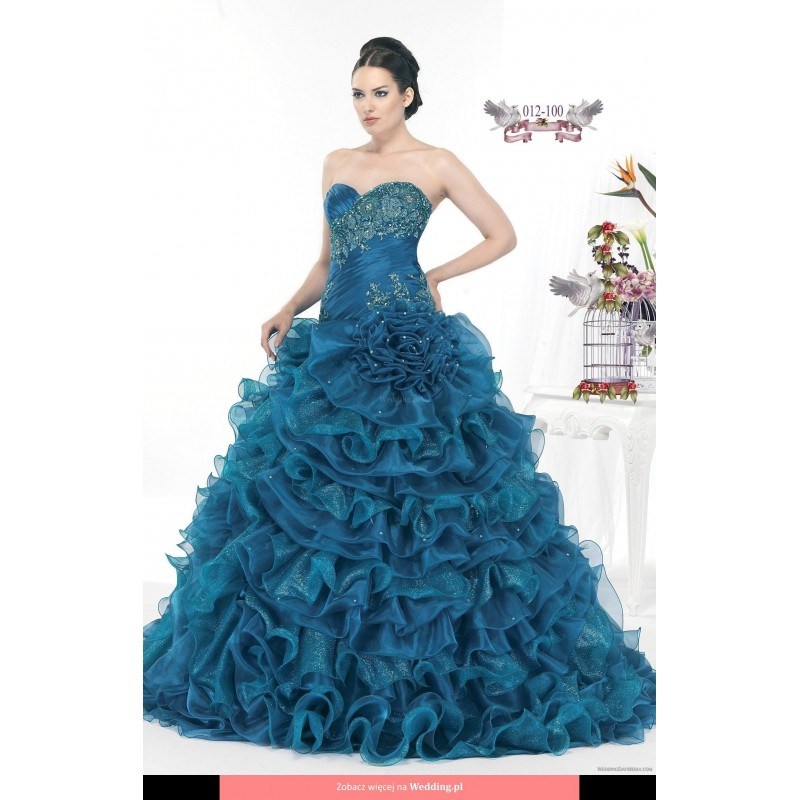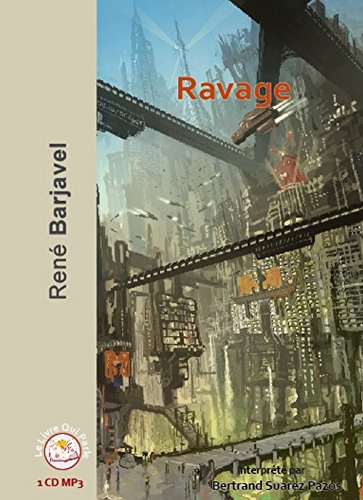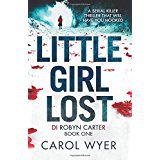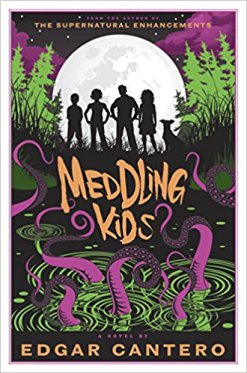On a Wednesday afternoon in June, I find Tlatelolco, site of so much historic upheaval, surprisingly sleepy. No one is manning the ticket booth at the Tlatelolco University Cultural Center. A security officer helps me track down the cashier to take my thirty peso admission fee, which I’m told gives me access to the Archeological Museum, the ’68 Memorial, The Caja de Agua Museum, and a mural by David Alfaro Siqueiros.
The actual ruins, I discover, can be accessed free of charge through a well-fortified entrance along Eje Central, staffed with courteous but well-armed members of the Metropolitan Police force. I never do find the mural by Siquieros, which turns out to be located inside an entirely different museum around the corner on Paseo Reforma.
It’s an unusua lly clear day in Mexico City. Recent hard rains have dispersed the smog, and the tops of high rises stand out against the blue sky. Men stop work on the new sign outside the Caja de Agua Museum to smack their lips and call me Güera, white girl. The Museum door is open, but when I pop my head inside, the security guard shoos me away. Apparently, they are closed for the day.
lly clear day in Mexico City. Recent hard rains have dispersed the smog, and the tops of high rises stand out against the blue sky. Men stop work on the new sign outside the Caja de Agua Museum to smack their lips and call me Güera, white girl. The Museum door is open, but when I pop my head inside, the security guard shoos me away. Apparently, they are closed for the day.
My fascination with Tlatelolco began while researching the short story “Unrest,” which to my pleasant surprise, was eventually published in Juked. A spare, disjointed character study, full of unexplained cultural references where almost no action takes place in the narrative present, I never really expected “Unrest” to find an audience.
The story was one of my many (and ongoing) attempts to grapple with the 2006 uprising in Oaxaca, where I was living at the time. In “Unrest,” we see the popular movement through the largely unsympathetic eyes of the anonymous “Ingeniero,” whose business interests are damaged by the protests. However, El Ingeniero is also a survivor of the ’68 massacre of students in Tlatelolco. As human rights violations escalate in the “provincial backwater,” where he now resides (Oaxaca is never mentioned by name) it becomes increasingly difficult for him to rationalize his opposition to the movement.
As so often happens, my research led much deeper and consumed far more my time than was strictly necessary to write the brief flashback scenes in “Unrest.” Like any self-respecting Spanish major, I knew the story of the last Aztec emperor, Cuauhtémoc, and his heroic last stand against the Spanish. I also know about the Massacre of ’68, “Mexico’s Kent State,” when government snipers opened fire on student protesters. But I never before appreciated that these events coincided not just symbolically, but geographically. Both took place in Tlatelolco, a quiet, working class neighborhood that was once the commercial center of the Aztec empire.
In addition to the classic accounts, such Elena Poniatowska’s La Noche de Tlatelolco, and Rojo Amanecer , Jorge Fons’ 1990 film about the massacre, I relied heavily on Google street view to get a sense of place.
Still, when I enter the Plaza of the Three Cultures, I feel disoriented. It’s smaller than I expected, dwarfed by the church and the apartment buildings around it. I suppose no physical space can contain that much symbolism. Skateboarders clatter back and forth across the stones, carved from the same reddish volcanic rock as the church on the north side, and the Aztec temples to the west. A jacked young man runs laps, stopping in front of the ’68 Memorial to check his stopwatch. There are dog walkers too, and a toddler, pushing her stubby legs against the reddish stones to propel her Disney Princess ride-on toy.
Part of the tragedy of Tlatelolco was how quickly it was erased. Engraved on the memorial, beneath the names of the dead and desaparecido, are these lines from the poem by Rosario Castellanos:
Who? Who are they? Nobody. The next day, nobody.
The plaza was swept clean; the front pages of the newspapers reported
the state of the weather.
And on television, on the radio, at the movies,
there was no change of program,
there was no special announcement no
minute of silence at the banquet
(because the banquet proceeded.)
The Plaza is elevated above the surrounding streets and the Archeological Zone, something I did not get a sense of from Google maps. Also separated the plaza from the ruins is a waist-high, wrought-iron fence, guarded by chivalrous, armed police officers who guide me toward the entrance.
Even without the fence, it would be a lot harder than I imagined for students to flee into the ruins. However, for the most part, the descriptions in “Unrest” are vague enough to stand up to reality. In any case, the memory of Tlatelolco, the symbol of Tlatelolco, inevitably overpowers the physical, everyday experience of the place.

Advertisements Share this:





